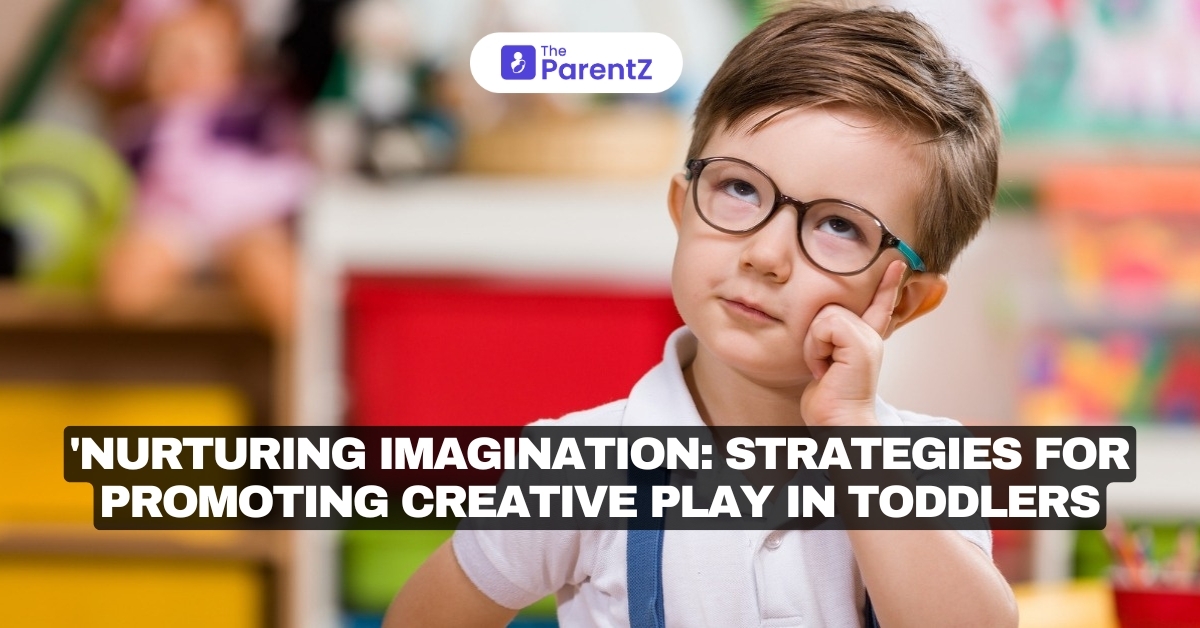Creative play is essential for the cognitive and emotional development of toddlers. It fosters imagination, problem-solving skills, and social interaction, laying the groundwork for lifelong learning. In this article, we’ll explore evidence-based strategies to encourage creative play in toddlers, drawing from research and expert recommendations.
The Importance of Creative Play
Creative play is more than just a pastime; it’s a critical component of early childhood development. According to a study published in Early Childhood Research Quarterly, engaging in creative activities helps toddlers develop cognitive flexibility, which is the ability to adapt to new situations and think critically. The American Academy of Pediatrics (AAP) also emphasizes the role of play in promoting healthy brain development and emotional well-being.
Encouraging Open-Ended Play
One of the most effective ways to stimulate creativity is through open-ended play. Unlike structured activities with specific outcomes, open-ended play allows toddlers to use their imagination freely. Provide materials like blocks, clay, and art supplies that can be used in multiple ways. A study in Child Development found that children who engage in open-ended play are better at creative problem-solving.
Incorporating Nature into Play
Nature offers endless opportunities for creative exploration. Activities like building sandcastles, collecting leaves, or simply playing in the dirt can ignite a toddler’s imagination. Research published in Environmental Education Research shows that exposure to nature enhances creativity and reduces stress in children. Taking your toddler to parks, gardens, or even your backyard can provide them with a rich sensory experience that fosters creative thinking.
Role of Parents in Facilitating Play
Parents play a crucial role in facilitating creative play. Rather than directing or controlling playtime, parents should act as facilitators, providing materials and opportunities for unstructured play. The AAP recommends that parents create a safe and stimulating environment that encourages exploration. Allowing toddlers to take the lead in their play helps build confidence and independence.
Balancing Screen Time with Creative Activities
In today’s digital age, it’s important to balance screen time with hands-on creative activities. While educational apps and shows can have their place, they should not replace traditional forms of play. A report from the World Health Organization (WHO) advises limiting screen time for toddlers to ensure they engage in more active, creative pursuits. Encouraging playtime with toys that stimulate the senses, such as musical instruments or building blocks, can provide a healthy alternative to screens.
Conclusion
Promoting creative play in toddlers is essential for their overall development. By providing opportunities for open-ended play, incorporating nature, and balancing screen time, parents can nurture their child’s imagination and cognitive skills. The benefits of creative play extend far beyond childhood, laying the foundation for a lifetime of curiosity and innovation.









Be the first one to comment on this story.